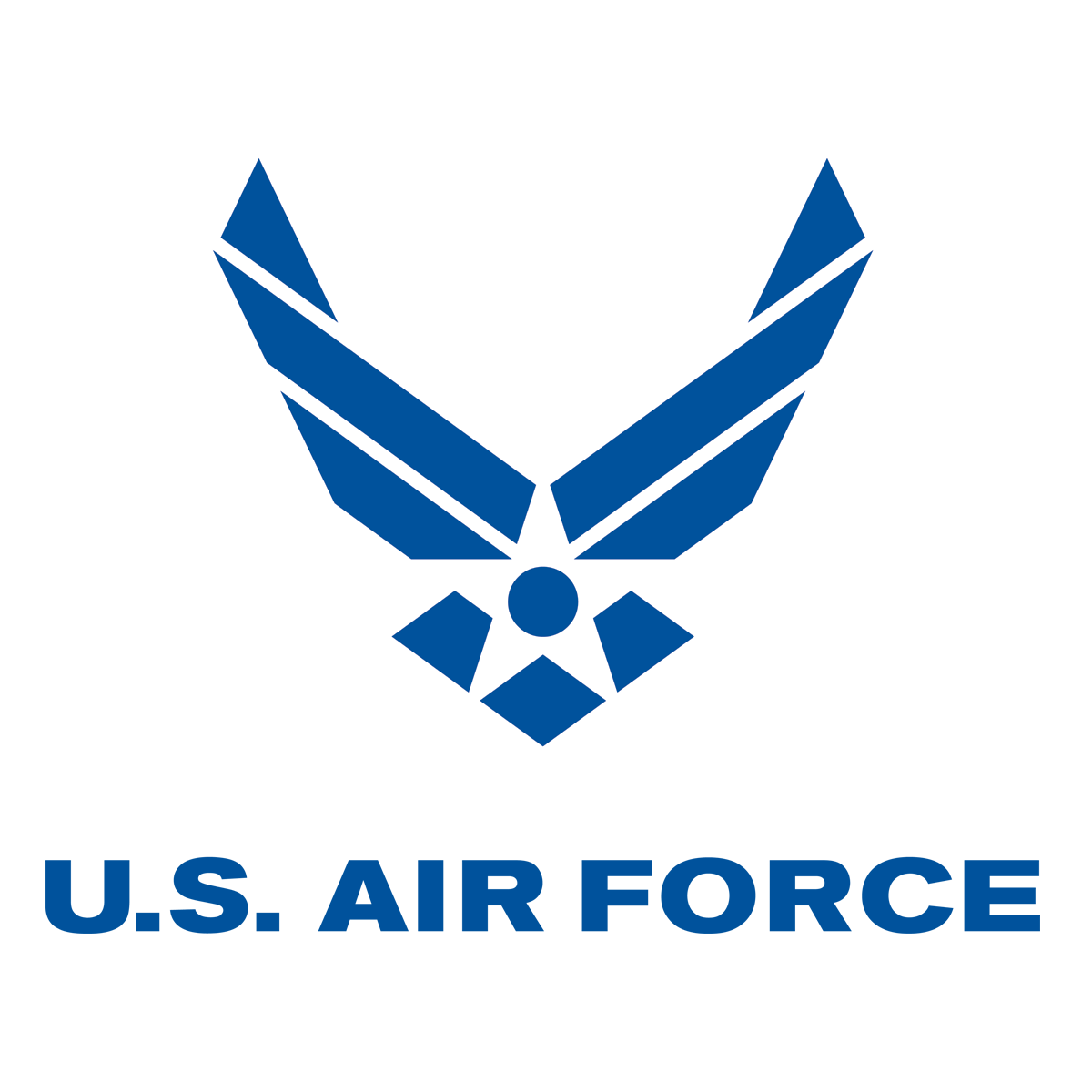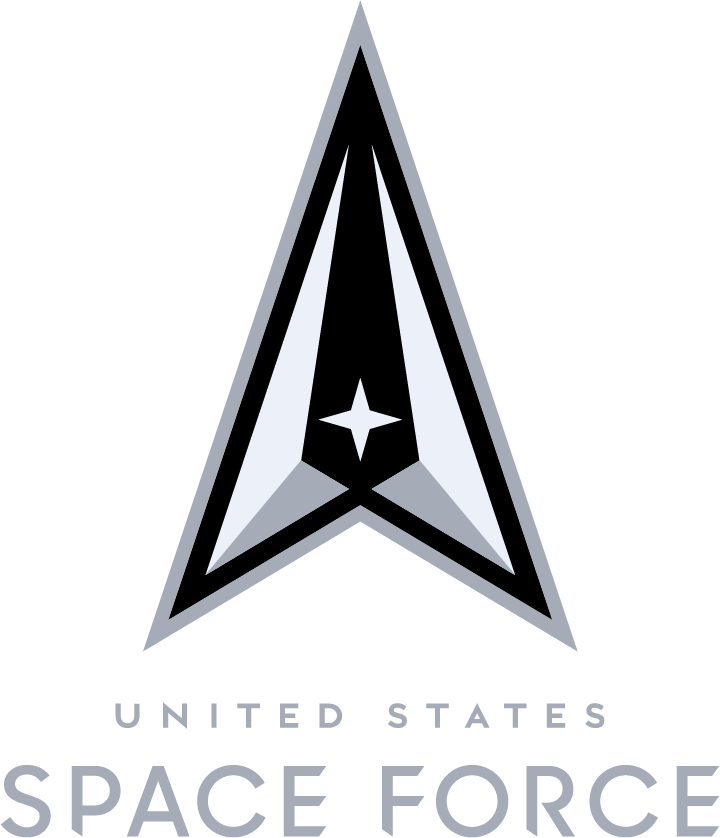Military Airborne Combat Navigators
Military Career
General Information
Description
Airborne combat navigators use radar, radio, and other navigation equipment to determine position, direction of travel, intended course, and other operations of aircraft. They also operate other mission critical systems on aircraft such as surveillance, communications, electronic warfare, and other weapon systems. Additionally, they monitor, evaluate, and direct flying operations and training programs.
Work Environment
Airborne combat navigators perform their work in aircraft. They may be stationed at air bases or aboard aircraft carriers anywhere around the world.
Workplace at a Glance
What you can expect to experience while on the job
- Responsibility
- Exposure to job hazards
- Physical activity
- Decision making
- Repetitiveness
- Level of competition
- Time pressure
Military Outlook
Service Branches
Jobs in this career field may be available in other service branches. Call or email a particular branch for more info.
Military Status
- Officer
- Managerial/professional
- College degree required
Military Workforce
Airborne Combat Navigators in the Military
28,310
Salary
Salary Information
Median Military Salary This is the median, or the midpoint, of the salary range for this career.
$105,634
Military Salary Range Salary varies based on years of service, degree level, special pays, family status and location. Learn more about Military benefits.
$23,019 - $251,140
What makes up a Military salary?
Military salaries include a lot more than just base pay.
They also offer:
- Housing allowances
- Subsistence allowances
- Special and incentive pays
- Cost-of-living allowances
- Hazardous-duty pay
- Bonuses
Learn more about what goes into a salary with the compensation estimator
Learn more about military insurance and retirement benefits
Education
Military training
Officers typically enter the Military after they have completed a four-year college degree; enlisted service members can transition to officer positions through a variety of pathways and earn a degree while serving. Airborne combat navigators may have an education in engineering or a related field. Like other officers, they complete a comprehensive training program covering responsibilities, military structure and etiquette, traditions, and leadership development. Practical experience in navigation is gained through training in aircraft simulators and through actual flying time. Further training occurs on the job and through advanced courses. Training content may include: Principles and methods of navigationOperation of communication, weapon, and radar systemsInspection and testing of navigation equipment and systemsCombat and bombing navigation procedures and tactics
Read MoreSkills at a Glance
Skills helpful in this career
- Verbal skills
- Critical thinking & problem solving
- Equipment operation & maintenance
- Math & science skills
- Technology design & control
- Leadership
Related College Majors
Select major to see colleges that offer it
 Army
Army Marine Corps
Marine Corps Navy
Navy Air Force
Air Force Coast Guard
Coast Guard Space Force
Space Force